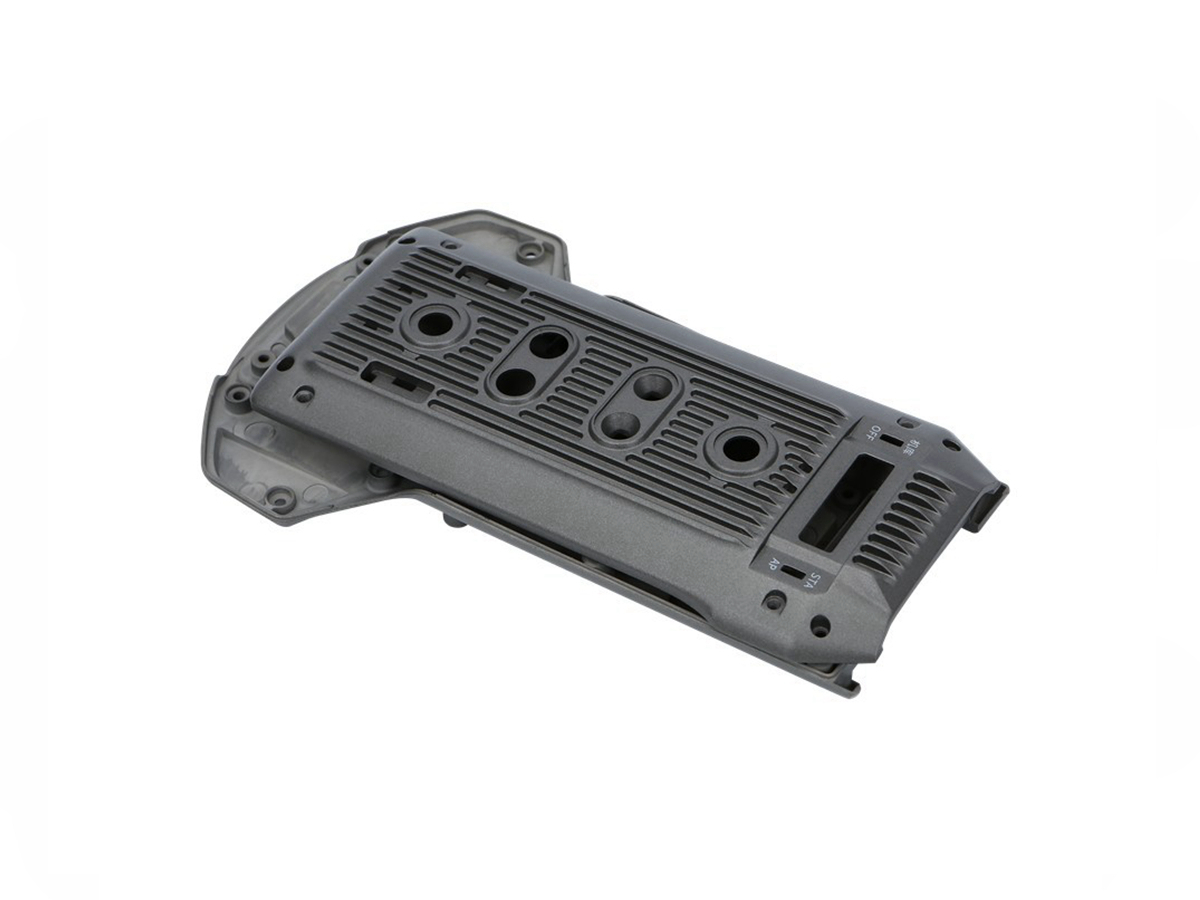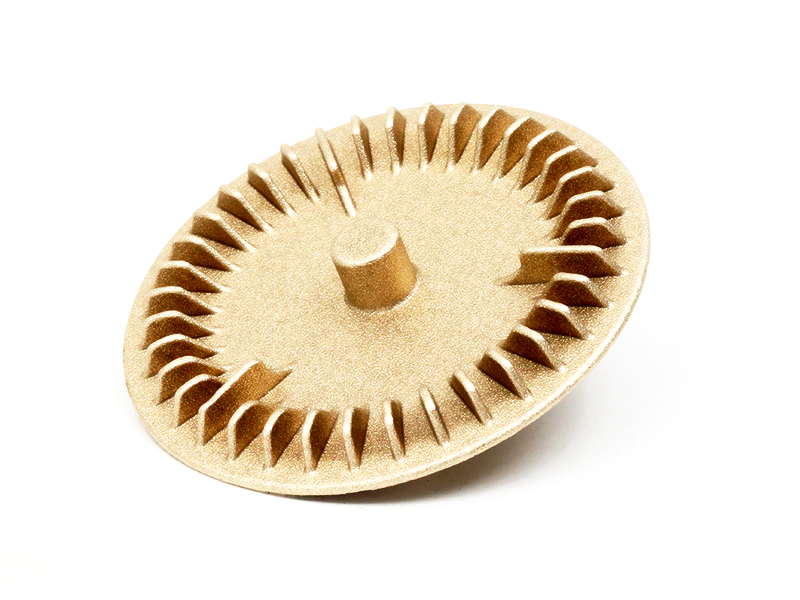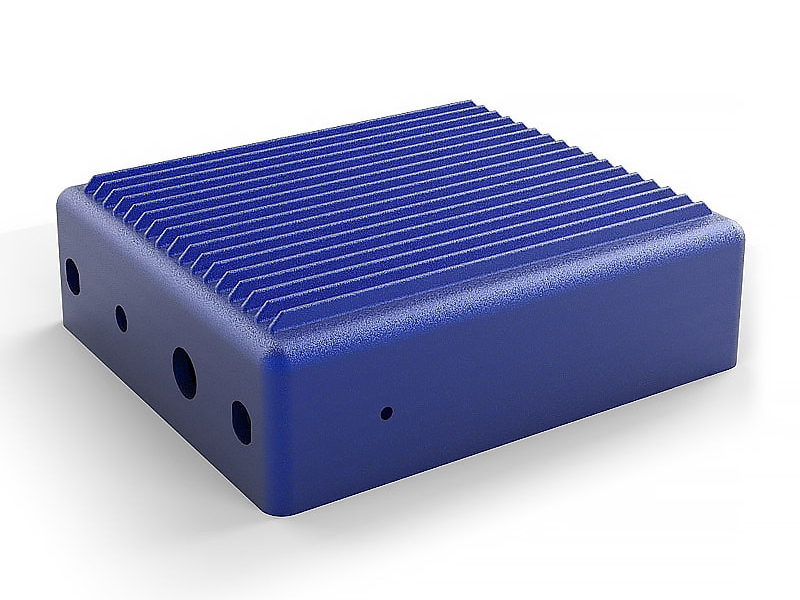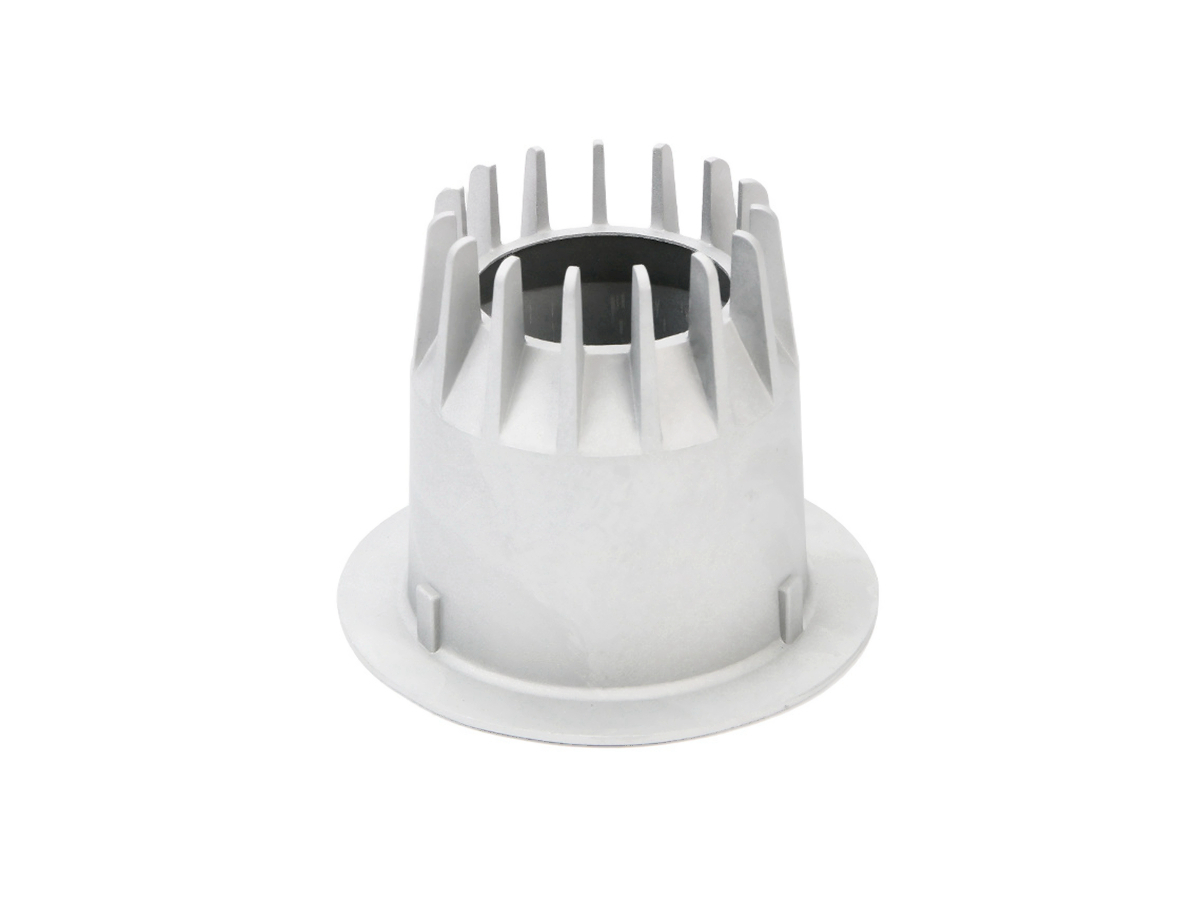Efficient Low-Volume Manufacturing for Custom Casting Solutions
 In the evolving landscape of product development and industrial manufacturing, businesses often face the challenge of producing high-quality components in small to medium quantities, without compromising on cost efficiency, lead times, or part performance. At Neway, our low-volume manufacturing service offers a flexible and scalable alternative to mass production. It is designed to serve startups, OEMs, and R&D departments with custom metal casting solutions that deliver rapid results, reduced tooling investment, and production-grade quality.
In the evolving landscape of product development and industrial manufacturing, businesses often face the challenge of producing high-quality components in small to medium quantities, without compromising on cost efficiency, lead times, or part performance. At Neway, our low-volume manufacturing service offers a flexible and scalable alternative to mass production. It is designed to serve startups, OEMs, and R&D departments with custom metal casting solutions that deliver rapid results, reduced tooling investment, and production-grade quality.
By combining advanced metal casting processes with fast-turnaround tooling, precision machining, and post-processing capabilities, we help clients shorten product cycles, accelerate innovation, and meet niche or transitional market demands.
What Is Low-Volume Manufacturing in Casting?
Low-volume manufacturing refers to producing small batches of parts, typically ranging from 100 to 10,000 units, using either full-scale production tools or cost-efficient soft tooling. This approach is increasingly favored for applications such as:
Early product launches
Pilot production runs
Pre-market testing and validation
Custom or replacement parts
Bridge production between prototyping and mass manufacturing
Unlike traditional high-volume casting, low-volume production emphasizes agility, cost control, and rapid deployment. Neway’s low-volume manufacturing solutions allow clients to bring their designs to market faster while maintaining tight control over quality and specification.
Strategic Advantages of Low-Volume Metal Casting
Choosing low-volume manufacturing brings measurable benefits to companies developing or launching custom-cast parts:
Reduced Upfront Investment: Soft or modular tooling strategies minimize the initial capital outlay required for hard tool production.
Faster Tooling and Part Delivery: Tooling lead times typically range from 2 to 4 weeks. Production parts can be delivered in as little as 3 to 5 weeks.
Design Flexibility: Ideal for evolving or high-mix product lines, enabling design modifications and iterative development without costly delays.
Inventory Efficiency: Supports just-in-time (JIT) production strategies, minimizing warehousing and surplus stock.
Materials and Process Diversity: Enables use of specialized casting materials and post-processing tailored to performance requirements.
This model is particularly advantageous for sectors where demand is variable, production volumes are uncertain, or the cost of mass production cannot be justified.
Core Casting Capabilities for Low Volumes
Neway supports a broad portfolio of casting processes optimized for low-volume scenarios. Each is engineered to maintain the performance and finish of high-volume parts, even in small batches.
Aluminum Die Casting
Used extensively in automotive, electronics, and aerospace applications, aluminum die casting is well-suited for low-volume production where lightweighting and heat resistance are critical.
Properties: Tensile strength up to 317 MPa, excellent castability, good corrosion resistance
Applications: Enclosures, housings, heat sinks, brackets, transmission parts
Zinc Die Casting
Zinc alloys allow for high dimensional accuracy, thin walls, and intricate detail—all at a lower melting point, which extends tool life and reduces cycle time.
Properties: Tight tolerances (±0.03 mm), rapid cycle time (<30 sec), tensile strength up to 400 MPa
Applications: Gears, handles, connectors, decorative parts
Copper and Brass Casting
Ideal for functional parts requiring thermal conductivity, strength, and corrosion resistance, especially in marine, electrical, and industrial applications.
Properties: Thermal conductivity up to 390 W/m·K, exceptional corrosion resistance, hardness up to 150 HB
Applications: Fittings, terminals, heat exchangers, marine parts
Rapid Tooling and Flexible Mold Design
Tooling flexibility is central to the success of low-volume casting. Neway’s tool and die making division leverages:
Soft tooling (P20 steel, aluminum) for short-to-medium run cycles
Modular dies that accommodate part families or revision changes
EDM and CNC machining with ±0.01 mm precision
Simulation and mold flow analysis for optimized gating, venting, and cycle time efficiency
By using interchangeable inserts and scalable mold bases, we help clients minimize tooling redundancy while supporting design adjustments.
End-to-End Post-Processing Capabilities
Neway offers complete post-processing solutions to deliver production-ready components directly from the foundry:
Post Machining: 3- and 5-axis CNC, boring, reaming, and tapping with tolerances as tight as ±0.005 mm
Surface Treatments: Anodizing, powder coating, painting, and arc anodizing
Deburring & Cleaning: Sand blasting, tumbling
Assembly: Part fitting, mechanical sub-assembly, and component integration
This full-service model ensures that even low-volume runs meet stringent functional and cosmetic requirements before delivery.
Typical Use Cases and Industry Applications
Neway’s low-volume casting services are trusted by clients in:
Automotive and EVs: Lightweight structures, battery enclosures, prototype drivetrain elements
Aerospace and Defense: Precision brackets, sensor housings, EMI-shielded enclosures
Industrial Equipment: Hydraulic systems, actuator bodies, gearboxes
Medical Devices: Small-batch device housings, ergonomic fixtures, metal instrument parts
Electronics: Heat sinks, frames, shielding parts, and quick-turn enclosure designs
We also support reverse engineering and legacy part reproduction for spare parts, equipment updates, or specialty needs.
Your Low-Volume Casting Partner from Prototype to Production
Neway is more than a supplier—we are your strategic manufacturing partner. With decades of experience in metal casting, robust engineering capability, and ISO 9001:2015-certified quality systems, we deliver high-precision components that meet your technical, aesthetic, and cost criteria.
Whether you're transitioning from rapid prototyping to bridge production or preparing for full-scale rollout, our low-volume manufacturing service provides the flexibility, accuracy, and speed your project demands.
Contact us today to receive a tailored quote or schedule a technical consultation.



